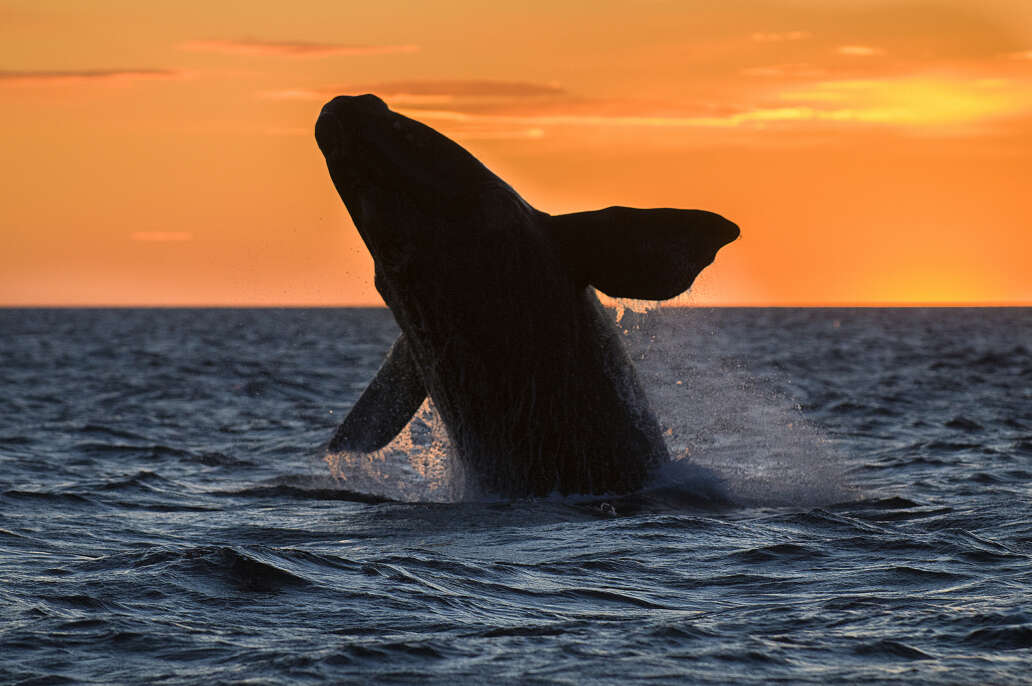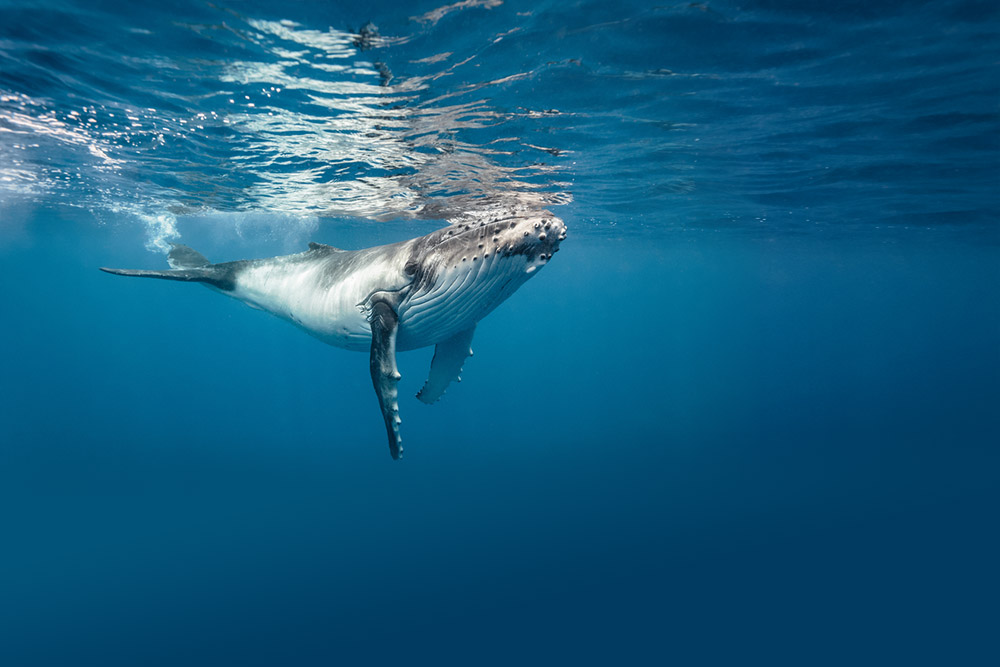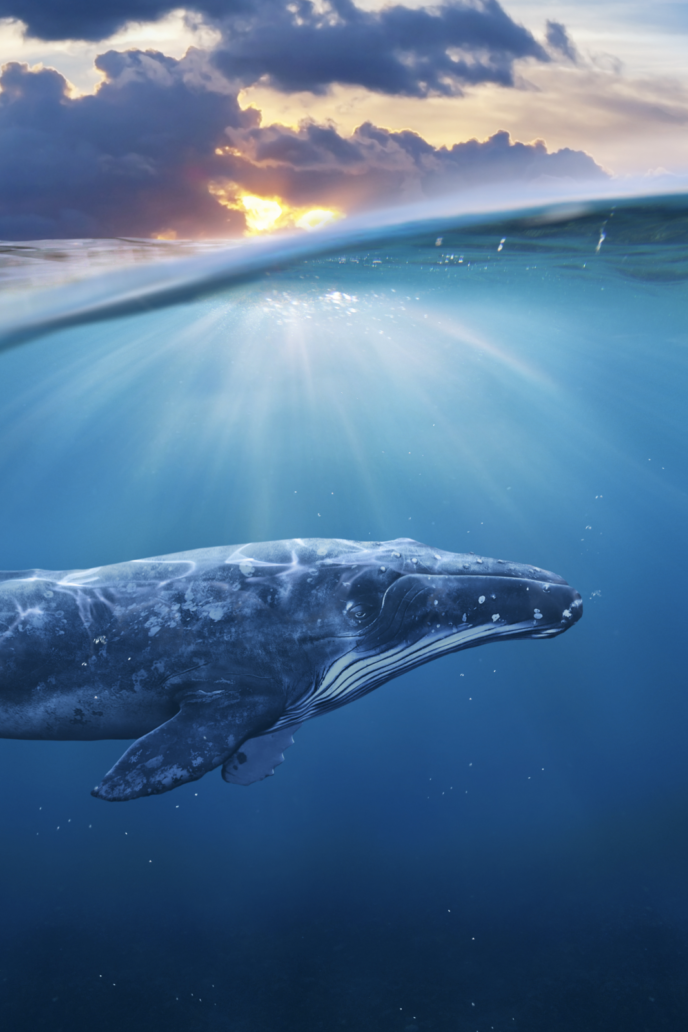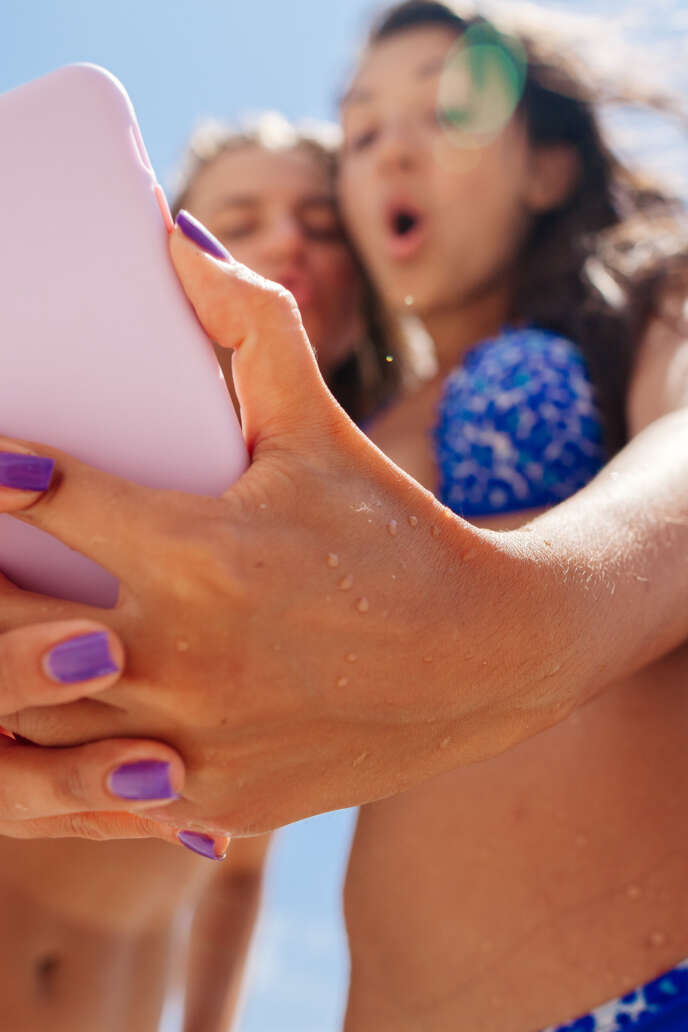As you explore the Hawaiian islands, you may come across references to whales in many places. But why do whales have such significance in Hawaiian culture? Let’s take a look at the cultural importance of whales in Hawaii and what they symbolize.
What Do Whales Symbolize in Hawaiian Culture?
![Star of Honolulu Waikiki Morning Whale Watching Cruise [Jan - Mar]](https://www.hawaiiactivities.com/travelguide/wp-content/uploads/Star-of-Honolulu-Waikiki-Morning-Whale-Watching-Cruise.png)
In Hawaii, whales are steeped in symbolism. For the indigenous people of Hawaii, nature is much more than a beautiful backdrop: it holds an essential spiritual connection for all life forms. They believed that their gods created islands, sky, and sea as part of one harmonious bond between them and their environment.
Whales represent family guardians and protectors—ʻaumakua—who watch over their human kin from the depths of the sea. Other than whales, ‘aumakua can take also take the form of owls, sharks, and other animals. It’s said that ʻaumakua shows themselves to people in dreams and visions, acting as spiritual guides for those seeking guidance and providing a bridge between the physical world and the afterlife.
To today’s Hawaiians, honoring these ancestral spirits remains a powerful practice that cherishes both family ties to ‘aumakua and personal connections with the natural world beyond our own experience.
Why are Humpback Whales Important to Hawaii?

The gentle giants of the sea have long been respected in Hawaiian culture and made their presence known through the sacred Kumulipo. This time-honored creation chant introduces palaoa (whales) in the 16th verse as a part of both dark and light, heavenly and physical. In fact, the Hawaiian ocean god Kanaloa is said to have taken their form!
The humpback whale’s annual migration, which peaks in January and February, signals the heart of winter and provides an incredible spectacle for Hawaiians who have much respect for these majestic creatures. You can feel the reverence in the air when they grace us with their presence every year!
Famous Hawaiian Stories about Whales
There are tons of Hawaiian stories or legends surrounding whales, and they often tell tales of adventure, bravery, love, or unexplained phenomena of the islands. Some of the most popular stories include:
- The Mystery of Pu’u Koholā: The mystery of Pu’u Koholā is one that still fires the imagination. Was it named after an ʻaumakua, which is a Hawaiian family god in an animal form? Or was it possibly consecrated to fulfill an ancient prophecy linked to Kamehameha and his successful unification quest? It has been said Pu’u Koholā looks like a whale, hence its nickname “hill of the whale.”
- Mākua’s Prayer—A Legend of the Chosen One: In this legend, a priest named Makua wanted his son to become an even bigger priest than himself. To do this, he prayed to the gods Kanaloa and Kane, asking them to guide his son, to which he received a reply that a messenger would appear. When his son and Makua were working one day, a whale had washed on the beach. When they went to visit the whale, Makua jumped on the back, and the whale woke up and carried him away to the land of gods to be taught well.
- Legendary Places Of Whales (Nä Wahi Pana o Nä Koholä i Hawai’i Nei): It is said that in ancient Hawai’i, the demigods Käne and Kanaloa called upon a whale to Kapalaoa in south Kauai to take a worshipper named Makuakaumana to the legendary floating land of Känehünämoku. Furthermore, many areas throughout Hawai’i are named Koholälele (“leaping whale”) due to the presence of whales. One significant one is the Koholälele Fishpond which was said to have been built by none other than the incomparable Menehune people, who could construct a pond in one night – if not finished by morning. It just was never meant to be!
Whale Watching in Hawaii
If you’re looking for a truly memorable experience, whale watching in Hawaii should be at the top of your list. Thousands of humpback whales migrate to the Hawaiian Islands every year to give birth and nurse their young. It’s a sight that will leave you breathless. When visiting, you’ll want to consider a few things:

When to Go
The best time for whale watching in Hawaii is between December and April. This is when the humpback whales migrate to breed and bear their calves in the warm waters of the Hawaiian Islands. The peak months are January and February, when there are more whales than any other time of year, but you can still enjoy an incredible experience if you plan your trip for later in the season.
Where to Go
Most people go whale watching around Maui, Kauai, or Oahu since these islands tend to have the most sightings of humpback whales throughout the season. You can book tours so that you can get up close and personal with these majestic creatures!
What You'll See
When it comes to whale watching in Hawaii, there’s no shortage of amazing sights – from playful mothers and calves frolicking in the waves to impressive displays of acrobatics as they breach out of the water with powerful leaps. Depending on where you go and what time of year it is, you may also see other species, such as pilot whales or false killer whales cruising through the deep blue sea.
Conclusion
In Hawaiian culture, whales inhabit a sacred place. Though they swim far off in the deep blue ocean, they are deeply intertwined with Hawaiian history and mythology, representing family guardians and protectors. With their yearly migration to the islands of Hawai’i comes a special reverence that can be felt when these gentle giants grace us with their presence every year.
To learn more about whales and how you can experience them in Hawaii, visit our whale watching guide and plan a magical trip to the Aloha State. Mahalo for reading!
Mizhelle
Marketing geek with a penchant for somewhat strange, slightly curious destinations.




